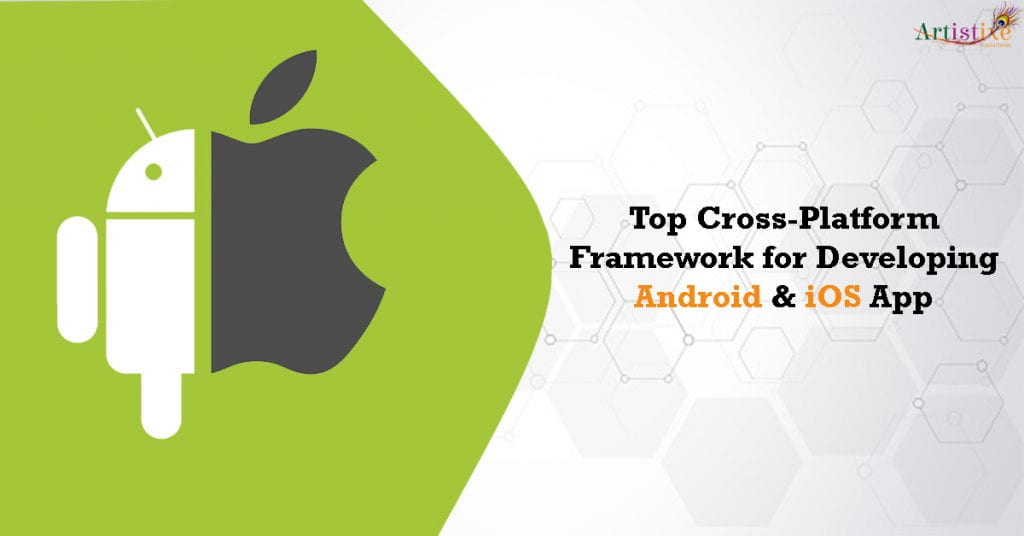
App frameworks that support cross-platform development are definitely the best thing to happen to the app development industry. Multiplatform development is now available instead of just developing for one platform.
Because they don’t have to write the same code again and again, it’s extremely efficient and time-saving. Even though they are highly practical, it is also quite expensive to hire React Native mobile app developers for such frameworks.
Understanding the Difference
You must first understand the requirements of your project before you can understand the differences between hybrid and native applications.
A Native app would be the best option if you are planning on building an application that will require complex data processing and utilize the smartphone to its full potential. The best thing to do is to use Native apps if you have the right resources for two developers working for two different platforms. If you can’t develop an application for both platforms at the same time, then developing a Native application would be ideal. An application that is more data-driven would benefit from being a hybrid application.
Therefore, if you have the funds to invest in app development, you have no choice but to choose Native. In the end, native apps always offer something better than their alternatives, which is why they are worth every penny you spend on them. Yet they still have great advantages against high development costs. Let’s take a look at some of the best cross-platform app frameworks available today for building robust mobile apps:

React Native
The React Native Framework is certainly the leading framework for developing cross-platform apps.
This app is unique in that it allows developers to write code just once to be used on both iOS and Android platforms. Developers can concentrate on another technological aspect of app development since the same code advantage reduces development time.
The need for just one line of code eliminates the dilemma of choosing between Native App development or Cross-Platform App Development. A framework like this one by Facebook is a great option for budding entrepreneurs and small businesses alike.
Pros
There is no doubt that this technology is popular among all the app developers. It is safe to say that React Native’s community is extremely strong and expansive.
Third-party libraries and packages are supported in React Native so that developers have a leading edge.
Developers with experience working with React Native do not have to learn anything new.
Cons
There is a high level of dependency on third-party libraries.
Due to its JavaScript architecture, React Native is slower than Flutter, which uses C and C++.
Flutter
A second solution for cross-platform mobile development is Flutter. Despite this, flutter is distinguished from other frameworks by its programming language.
React Native, for instance, uses JavaScript as its programming language, whereas Flutter uses Dart. Due to its excellent graphical library and smooth performance, Flutter is proving to be a formidable competitor to other frameworks despite being new and unique.
The app provides the same native-like experience and enhances the viewing experience of the app.
Pros
Applications developed on Flutter have probably the best performance of any Hybrid Application Development Framework. With Flutter, you can be sure of a high-performance application.
Flutter’s hot-reload feature allows a developer to quickly deploy changes to an application’s code by running it almost immediately. This increases the developer’s productivity significantly.
The Flutter framework excels in backward compatibility as well.
Cons
There are fewer third-party packages available to support Flutter apps across multiple platforms.
In comparison to React Native, Flutter gives less freedom and flexibility when it comes to writing codes.
PhoneGap
The PhoneGap app framework is also known as Apache Cordova, and it is a cross-platform app framework with a large following. More than 3000 cross-platform mobile apps have been developed with this framework.
It is not really necessary to have high programming skills for this job. The hiring of developers is therefore not entirely necessary. You will need a basic understanding of JavaScript, CSS, and HTML, however.
The versatility of PhoneGap is a particular draw for businesses, as well as the ease of use due to its increased workflow. The PhoneGap app development platform allows developers who are only familiar with iOS to still develop apps for Macs.
Since it’s an open source framework, it is free for anyone to use. While it performs well with mobile apps, it does not perform well with games with high graphics. Despite the fact that all plugins are available, many of them are either outdated or are no longer supported.
Xamarin
Xamarin is another fantastic framework for developing native apps that operate on multiple mobile platforms. C# is a programming language used by Xamarin, and developers can easily use it in the same way they do with Objective-C, Java, Swift, etc.
It is also possible to use the same APIs and languages on different platforms. The Mobile Application Development Company can save a lot of money by sharing 75% of the code across different mobile platforms as well.
In addition to providing quality assurance, Xamarin offers smooth integration of functionality. In spite of this, developers still face issues with compatibility when they are trying to use open source libraries for Android and iOS.
If you plan to hire developers to develop mobile applications who work with Xamarin, this is good news for you.
Appcelerator Titanium
Appcelerator Titanium uses JavaScript to code. Cross-platform app frameworks like this one are truly time-efficient. With a prototype app, you can rapidly develop it and then use the user interface to further evaluate it.
It is a huge advantage for developers that no effort needs to be put into setting up data models. It comes in handy for this task to have Appcelerator Titanium’s schema-less store, which also serves as its database.
Furthermore, this framework has also provided very smooth integrations with existing delivery systems like SCM and MDM. The disadvantage is that it is too buggy. The developers of Appcelerator Titanium do not provide good support for users.
Final Word
All of these frameworks are great, but you have to find one that fits your business model perfectly. Which one do you think would best represent your business on all the major mobile platforms available today?

